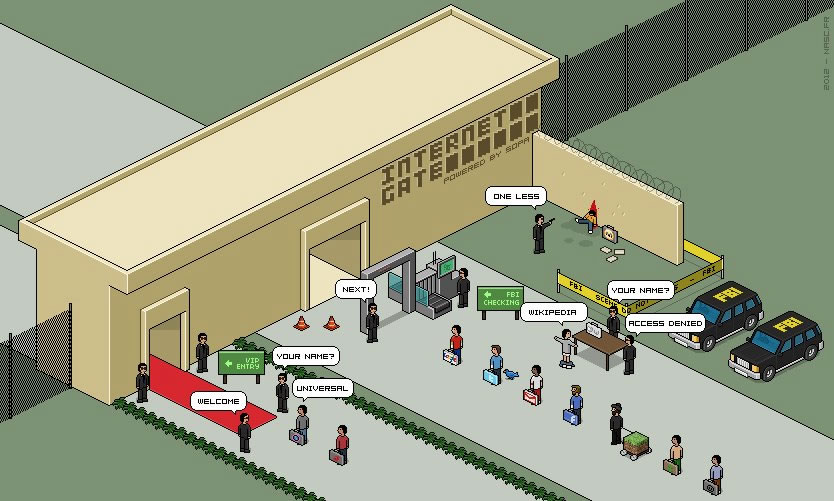At Twitter, The Future is You! is a funny recruiting video. It reminds me of Microsoft’s internal training videos.
This article also appears in The Adventures of Accordion Guy in the 21st Century.
At Twitter, The Future is You! is a funny recruiting video. It reminds me of Microsoft’s internal training videos.
This article also appears in The Adventures of Accordion Guy in the 21st Century.
 After Shit Silicon Valley Says comes Shit Programmers Say. There’s a swear word at the end, so if you’re at an office that doesn’t tolerate salty language, make like the programmers in the video and switch to headphones!
After Shit Silicon Valley Says comes Shit Programmers Say. There’s a swear word at the end, so if you’re at an office that doesn’t tolerate salty language, make like the programmers in the video and switch to headphones!
Thanks to Andy Baio at Waxy.org for the find!
If you watched the WAT video that I pointed to in this earlier post, you saw some really counterintuitive behaviour from JavaScript and probably laughed and facepalmed at the same time.
A Stack Overflow user going by the handle of Ventero has taken it upon himself/herself to explain each of those JavaScript oddities, by way of pointing to the ECMA-262 standard. If you were scratching your head trying to figure out why those JavaScript statements were full of WAT, your answers are there!
I guess this is a lesson to people who make long-form ads with only music and no voice-over: someone’s going to take your ad and add their own, just like the YouTube user known as “Raboneable”, who did just that with the ad for Asus Eee Pad Transformer. Watch the video above and enjoy the lulz.
In case you never saw the original, here it is:
The Urban Dictionary definition of "wat" is "the only proper response to something that makes absolutely no sense". The concept of wat is covered a little more completely on its page in Know Your Meme.
"Wat" is also the title of a funny demo of Ruby and JavaScript oddities presented by Gary Bernhardt at CodeMash 2012, a rather unlikely tech conference — it takes place in Sandusky, Ohio, in Ohio’s largest indoor waterpark. (If you just said "wat" right now, you’ve used the word correctly.)
In the video, you see this classic wat bit about undefined variables and assignment in Ruby:
You’ll also marvel at the way JavaScript treats (array + array) vs. (array + object) vs. (object + array) vs. (object + object):
Watch the video, and wait for that final slide, which is pure, hilarious wat!

Creative Commons photo by paul (dex). Click to see the original.
HackDays — the gatherings that bring together Canada’s brightest geeks to build projects in a single day — kicks off 2012 with a session in Toronto on Saturday, February 12th. This one’s an interesting one, as it’s a part of the extended Social Media Week, the global multi-city conference taking place from February 13th through 17th. Here’s a quick explanation of what Social Media Week, and this year’s theme, Empowering Change Through Collaboration, are all about:
In keeping with the idea behind Social Media Week and HackDays’ spirit of building stuff with readily-available APIs, the theme of this Toronto HackDay is “Apps for Good”. Take the APIs — including Shopify’s ecommerce API — to build applications that can change the world around us for the better. You’ll have a day to do it, and the best apps, as determined by a panel of judges, will be awarded prizes (the prizes are usually pretty sweet: we’ve handed out MacBook Airs and iPads to the winners).

Shopify will be there! More specifically, I’ll be there, representing Shopify, along with some other Shopifolks, to help run the event, help participants with the Shopify API and generally provide moral support to everyone there. We’ll also be sponsoring the event and providing a prize for the best use of our API.
If you’re looking to take on a hacking challenge and put your skills to the test, meet your fellow geeks and build an app for the greater good, HackDays Toronto is for you! Sign up here (registration is free for hackers building apps), and do it soon — space is limited!

Click the image to see it at full size.
Let’s see what we can do to make sure this never happens, okay?